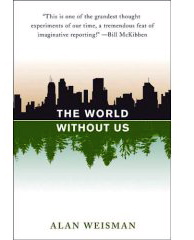Last year, Homelands’ Bear Guerra spent two weeks in the Ecuadorian Amazon making images to accompany anthropologist Mike Cepek’s upcoming ethnography about the impacts that oil has had on the life of the indigenous Cofán. The …
There are 44 items tagged:
South America

-
-
The Homelands Blog
Bear Guerra wins photo award
The photo above, from a 2015 story by Bear Guerra and Ruxandra Guidi published in Americas Quarterly, has won a prestigious American Photography award. The piece, “Indigenous Residents of Lima’s Cantagallo Shantytown Confront an Uncertain Future,” describes how …
-
The Homelands Blog
Photo File: The Other Barca
Our Bear Guerra recently spent two days with Ecuador’s most popular soccer team as part of an article and photo spread in today’s New York Times. There are 12 photos in all. Freelancer Noah Schumer wrote …
-
The Homelands Blog
Bear Guerra and his muse
There’s a sweet write-up about Homelands’ Bear Guerra on the Dispatches from Latin America section of the American Illustration and American Photography (AI-AP) website. Bear was recently honored in the group’s Latin America Fotografía competition …
-
The Homelands Blog
Alan Weisman on South American speaking tour
Homelands’ co-founder and senior producer Alan Weisman is spending nearly a month in Colombia and Ecuador giving talks and interviews about his two most recent books, The World Without Us and Countdown.
-
The Homelands Blog
Photo file: Protests in Ecuador
Since August 13, Ecuadorians from across the political spectrum have been observing a nationwide strike and marching in the streets against the policies of President Rafael Correa. Homelands’ Bear Guerra has been documenting the protests, which have received little attention in the international …
-
The Homelands Blog
Passion and theater in the streets of Quito
This year’s Semana Santa, or Holy Week, brought thousands into churches and out on the streets of Ecuador, where an estimated 80 percent of people identify as Catholic. Homelands’ Bear Guerra was there to document the festivities in Quito’s historic …
-
The Homelands Blog
Big year coming (you can help!)
Before we say goodbye to 2014 we thought we’d give you a sneak peek at what we’re cooking up for the year to come. If you feel it’s worth supporting, far be it from us to stand …
-
The Homelands Blog
A boon for the women of Ecuador
For the 60,000 residents of Cañar, Ecuador, the costs of migration can be great, especially for children. But the benefits can be great as well: unprecedented access to education and jobs, freedom of movement and financial independence for …
-
Food for 9 Billion
Exploring the challenge of keeping ourselves fed at a time of rapid social and environmental change.
-
Alan Weisman
Special Projects
Countdown
Alan Weisman
Special Projects
Countdown
In this monumental piece of reporting, Alan Weisman travels to more than 20 countries, beginning in Israel and Palestine and ending in Iran, on an urgent search for ways to restore the balance between our species’ population and our planet’s capacity to sustain us.
-
Cecilia Vaisman
Food for 9 Billion
Brazil Delivers on Hunger Promise
Cecilia Vaisman
Food for 9 Billion
Brazil Delivers on Hunger Promise
In 2003, the Brazilian government declared that food was a basic human right. Then it found that ending hunger takes a lot more than a declaration.
-
WORKING
Profiles of workers in the global economy, broadcast as a special monthly feature on Marketplace.
-
Sandy Tolan
WORKING
Labor Inspector
Sandy Tolan
WORKING
Labor Inspector
Leandro Carvalho had a comfortable job as an insurance agent on Rio de Janeiro’s Copacabana Beach when he decided to join Brazil’s anti-slavery task force. He says he won’t quit until the last slave is freed.
-
Jonathan Miller
WORKING
Chocolate Taster
Jonathan Miller
WORKING
Chocolate Taster
Chloé Doutre-Roussel is in great demand around the world – not just because of her extraordinary palate and her memory for scents and flavors but because of her brutal honesty. “Diplomacy is not one of my known traits,” she laughs. Nor is self-satisfaction.
-
Jonathan Miller
WORKING
Textile Worker
Jonathan Miller
WORKING
Textile Worker
Marco Moreno’s parents were tailors, with a tiny shop in a working-class neighborhood in Lima, Peru. He and his brothers decided they could do better. But nobody said it would be easy.
-
Alan Weisman
Special Projects
The World Without Us
Alan Weisman
Special Projects
The World Without Us
How would the Earth respond if humans were suddenly to disappear? How quickly would our cities, our objects, our waste, and the myriad other changes we have wrought disappear – or would they disappear at all? Most urgently, asks this New York Times bestseller, what can we do to lessen the damage we’re inflicting on the only planet we have?
-
Jonathan Miller
WORKING
Metal Worker
Jonathan Miller
WORKING
Metal Worker
Pedro Córdoba’s says his job in a giant Peruvian smelter has made him seriously ill. And he’s not going to take it lying down.
-
Worlds of Difference
Stories about people and communities facing critical decisions about who they are and who they want to be.
-
Alan Weisman, Nancy Hand
Worlds of Difference
Cotopaxi Pilgrimage
Alan Weisman, Nancy Hand
Worlds of Difference
Cotopaxi Pilgrimage
For the Tigua Indians of Ecuador, the spectacular 19,000-foot Cotopaxi volcano is both a sheltering spirit and a source of artistic inspiration. But the Tigua stopped visiting their sacred mountain when the government declared it a national park and began charging admission. Recently two Tigua painters led an improvised pilgrimage to the volcano’s glacier.
-
Alan Weisman
Worlds of Difference
Resurrecting the Zápara
Alan Weisman
Worlds of Difference
Resurrecting the Zápara
The Zápara once ranged far across the western Amazon. By the 1970s, anthropologists concluded that their culture was extinct. But a handful of native speakers survived. Now they’re trying to resuscitate their language and culture. But a new danger looms.
-
Jonathan Miller
Worlds of Difference
Andean Harvest
Jonathan Miller
Worlds of Difference
Andean Harvest
Peasant farmers in Peru’s central highlands grow hundreds of varieties of potatoes. Now they’re being encouraged to sell them to high-end consumers. But potatoes are more than just food in the Andes – they’re part of a complex spiritual, biological, and cultural universe. Will the market change that?
-
Alan Weisman
Worlds of Difference
Chiloe: A Bridge Too Far?
Alan Weisman
Worlds of Difference
Chiloe: A Bridge Too Far?
The island of Chiloé, off the coast of Chile, is known for its misty beauty, quaint architecture, and distinctive cuisine. Now Chile’s government is proposing to build the longest bridge in Latin America to connect Chiloé to the mainland. Islanders aren’t sure they want to be connected.
-
Sandy Tolan
Worlds of Difference
Camisea: A Light in the Jungle
Sandy Tolan
Worlds of Difference
Camisea: A Light in the Jungle
For the native peoples of the Amazon, petroleum development has often been an environmental and cultural nightmare. But in Camisea, a huge natural gas deposit in eastern Peru, the oil companies say they’re committed to getting it right. The Machiguenga people aren’t yet convinced.
-
Jonathan Miller
Special Projects
Mapping a Lost Territory
Jonathan Miller
Special Projects
Mapping a Lost Territory
In the highland jungle of Peru, two men rush to preserve the geography, history, music, and myths of a now-scattered people using digital mapping technology and collective memory. The story served as a pilot for the “Worlds of Difference” series.
-
Searching for Solutions
Documenting the efforts of innovators and visionaries working on ways to promote sustainable growth and development.
-
Cecilia Vaisman
Searching for Solutions
Visions of a Sustainable World
Cecilia Vaisman
Searching for Solutions
Visions of a Sustainable World
City officials from throughout Latin America come to Curitiba, Brazil, to learn about low-cost, environmentally sound planning from urban planner Jaime Lerner.
-
Cecilia Vaisman, Nancy Postero
Searching for Solutions
Brazil’s Birth Control Crusader
Cecilia Vaisman, Nancy Postero
Searching for Solutions
Brazil’s Birth Control Crusader
In northwestern Brazil, a controversial doctor is on a mission to lower birth rates.
-
Cecilia Vaisman, Nancy Postero
Searching for Solutions
Brazil Sterilization
Cecilia Vaisman, Nancy Postero
Searching for Solutions
Brazil Sterilization
With few contraceptive options, Brazilian women seeking to control the size of their families often turn to sterilization and illegal abortions.
-
Cecilia Vaisman, Nancy Postero
Searching for Solutions
Norplant
Cecilia Vaisman, Nancy Postero
Searching for Solutions
Norplant
In India and Brazil, population control advocates have come into conflict with feminists over the contraceptive drug Norplant, considered by some to be among the most effective birth control methods available.
-
Alan Weisman
Searching for Solutions
Gaviotas
Alan Weisman
Searching for Solutions
Gaviotas
A group of Colombian visionaries has created a sustainable community in one of their country’s most inhospitable and dangerous places. This piece formed the basis of Alan’s award-winning book “Gaviotas: A Village to Reinvent the World.”
-
Vanishing Homelands
Chronicling the changes to land and people across the Americas since the arrival of Columbus.
-
Cecilia Vaisman, Alan Weisman
Vanishing Homelands
Flowers for Export
Cecilia Vaisman, Alan Weisman
Vanishing Homelands
Flowers for Export
Outside Bogotá, some of Latin America’s best soils have been covered with a sea of greenhouses for growing flowers for export.
-
Cecilia Vaisman
Vanishing Homelands
Sustainable Colonization
Cecilia Vaisman
Vanishing Homelands
Sustainable Colonization
In Brazil, a peasant cooperative has planted native crops using methods designed to preserve the delicate forest soils. But the farmers have little formal education, and even less experience managing a business.
-
Cecilia Vaisman
Vanishing Homelands
Rainforest Crunch
Cecilia Vaisman
Vanishing Homelands
Rainforest Crunch
Deep in the Brazilian Amazon, seasonal rubber tappers harvest Brazil nuts to sell to Ben & Jerry’s. But the tappers aren’t happy, and the relationship with their NGO sponsor has frayed.
-
Cecilia Vaisman, Alan Weisman
Vanishing Homelands
Life on the Edge of the Ozone Hole
Cecilia Vaisman, Alan Weisman
Vanishing Homelands
Life on the Edge of the Ozone Hole
The world’s southernmost population, in Chile’s Magallanes province, finds itself on the brink of a deepening danger that may one day force them from their beautiful homeland – and eventually imperil us all.
-
Cecilia Vaisman, Alan Weisman
Vanishing Homelands
Yacyretá
Cecilia Vaisman, Alan Weisman
Vanishing Homelands
Yacyretá
A giant dam project on the border of Paraguay and Argentina raises questions about the social and environmental impact of major infrastructure projects.
-
Sandy Tolan, Nancy Postero
Vanishing Homelands
Ecuador’s Golden Cities
Sandy Tolan, Nancy Postero
Vanishing Homelands
Ecuador’s Golden Cities
During the 16th century, the hills of southern Ecuador were a center of gold production for the Spanish. Today the region booms anew, its mines worked by thousands of desperate peasants.
-
Sandy Tolan, Nancy Postero
Vanishing Homelands
Quichua Indians and Oil
Sandy Tolan, Nancy Postero
Vanishing Homelands
Quichua Indians and Oil
In the Amazon of Ecuador, two native villages have radically different attitudes toward oil development.
-
Sandy Tolan, Nancy Postero
Vanishing Homelands
Ecuador’s Amazon
Sandy Tolan, Nancy Postero
Vanishing Homelands
Ecuador’s Amazon
Faced with crushing debt and pressure from lenders, Ecuador is rushing to open its section of the Amazon to oil development. But spills and dumping threaten settlers, indigenous people, and the land itself.
-
Cecilia Vaisman, Alan Weisman
Vanishing Homelands
Argentina’s Guaraní Indians
Cecilia Vaisman, Alan Weisman
Vanishing Homelands
Argentina’s Guaraní Indians
Once the largest tribe in South America, the Guaraní have nearly all left their native forests. But one last band is holding out.
-
Sandy Tolan, Nancy Postero
Vanishing Homelands
Saving Jungle Souls
Sandy Tolan, Nancy Postero
Vanishing Homelands
Saving Jungle Souls
The story of Bolivia’s nomadic Yuqui Indians and the American Evangelical Christians who coaxed them out of the jungle. The first story in the Vanishing Homelands series.
-
Cecilia Vaisman, Alan Weisman
Vanishing Homelands
Homelands Regained
Cecilia Vaisman, Alan Weisman
Vanishing Homelands
Homelands Regained
In Colombia, the Paez Indians have resorted to guerrilla insurrection to reclaim their ancestral territory from the great landed families of Spanish descent.
-
Sandy Tolan, Nancy Postero
Vanishing Homelands
Oil in Ecuador’s Amazon
Sandy Tolan, Nancy Postero
Vanishing Homelands
Oil in Ecuador’s Amazon
A U.S. oil company has a controversial plan to build a new road and oil pipeline into some of the most remote Indian lands in the Amazon.
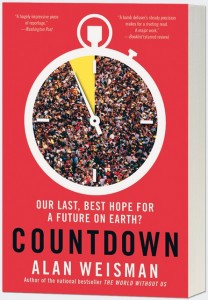
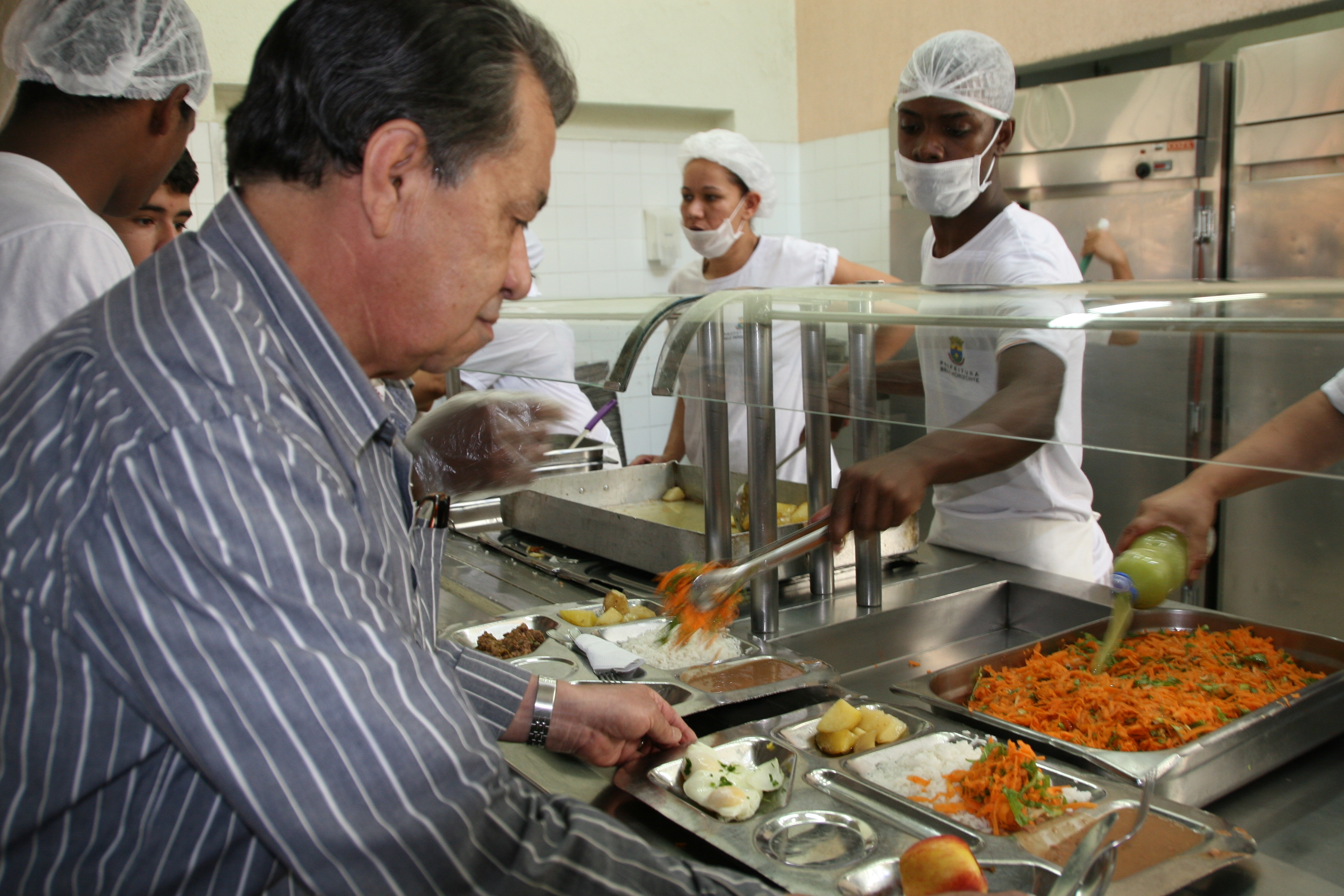
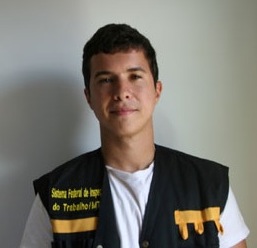 In the mid-1990s, journalists and human rights groups began to uncover a web of slave labor linked to some of Brazil’s biggest export industries: cattle, soy, sugar cane, and pig iron used in making steel for automobiles.
In the mid-1990s, journalists and human rights groups began to uncover a web of slave labor linked to some of Brazil’s biggest export industries: cattle, soy, sugar cane, and pig iron used in making steel for automobiles.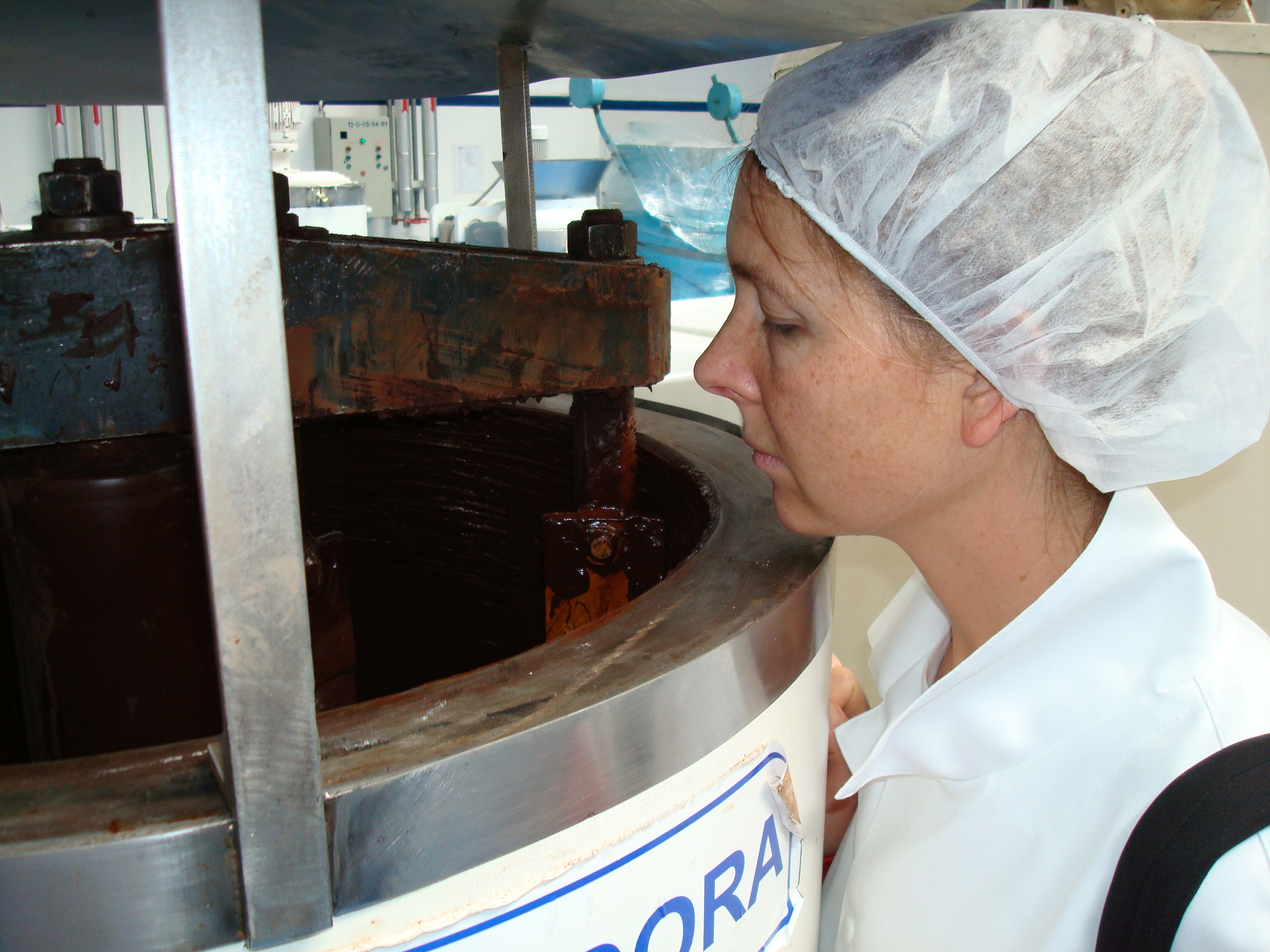 The New York Times called Chloé Doutre-Roussel a “goddess.” International chocolate guru Martin Christy compares her to Joan of Arc.
The New York Times called Chloé Doutre-Roussel a “goddess.” International chocolate guru Martin Christy compares her to Joan of Arc. The garment industry is a place where dreams are more often shattered than fulfilled. The margins are low, the work is exacting, and the competition is brutal. It’s hard to imagine why anyone would actually choose to get into the business.
The garment industry is a place where dreams are more often shattered than fulfilled. The margins are low, the work is exacting, and the competition is brutal. It’s hard to imagine why anyone would actually choose to get into the business.